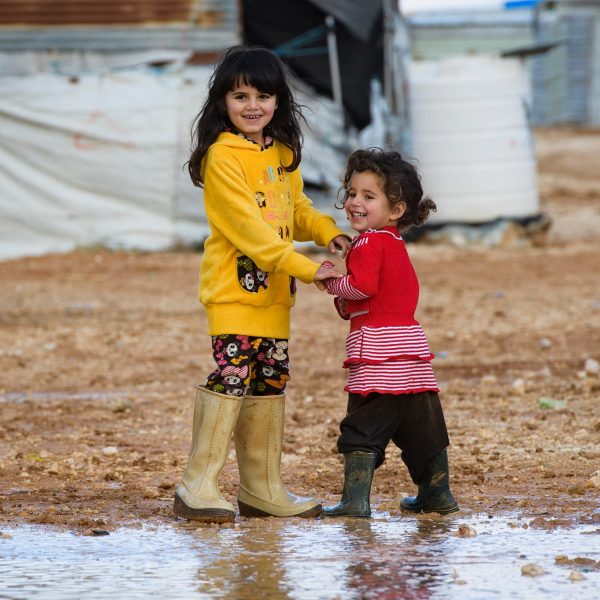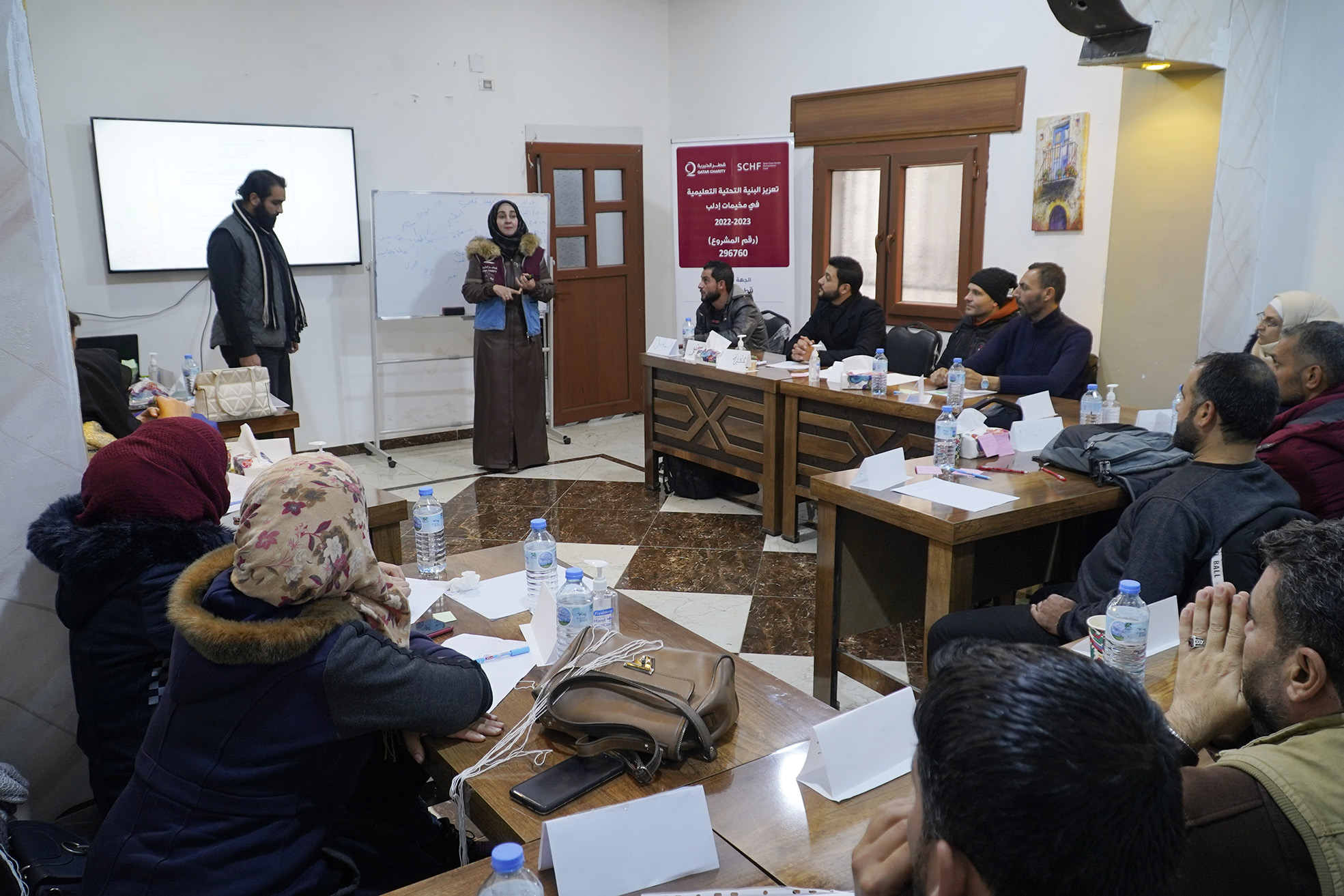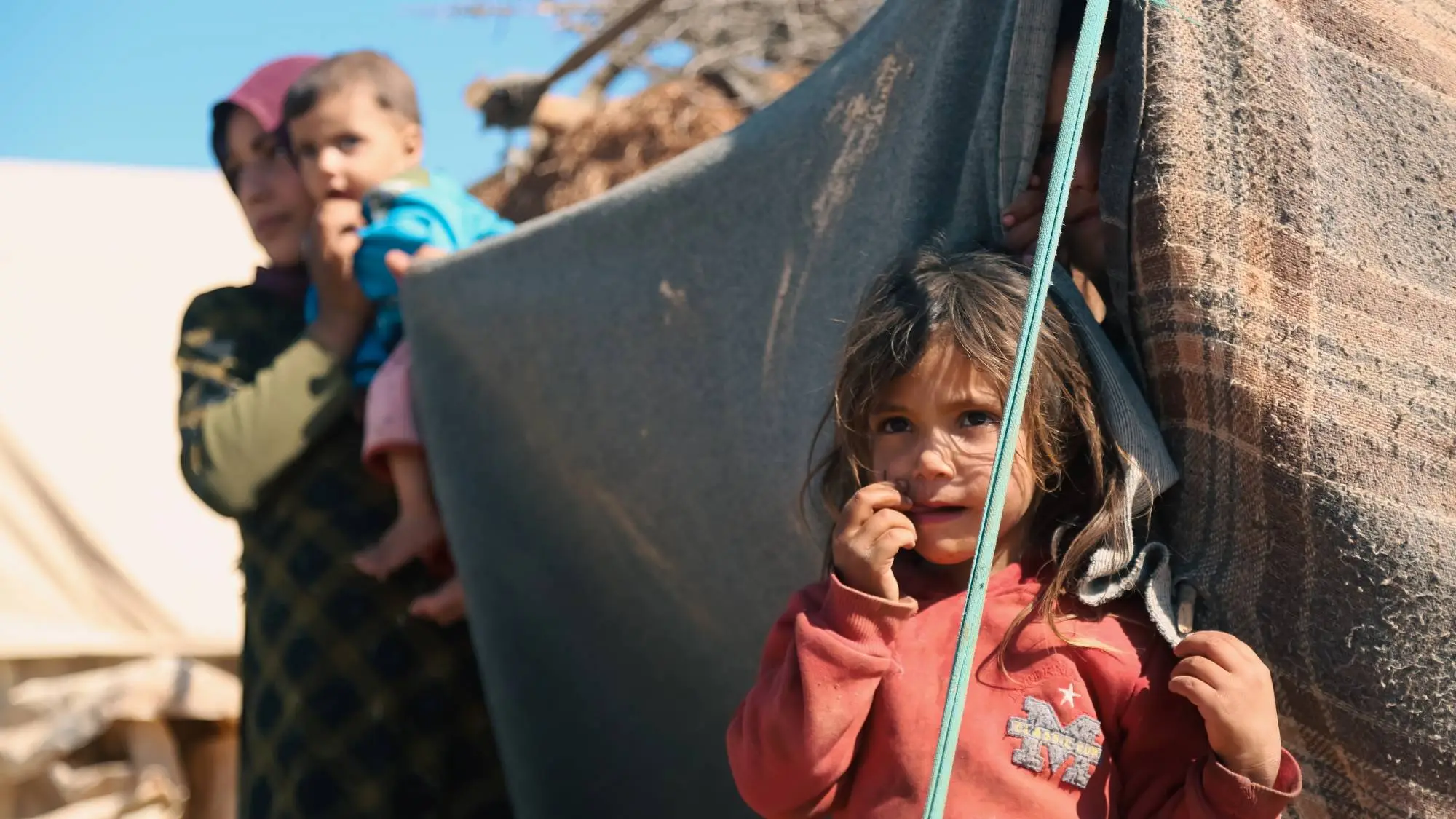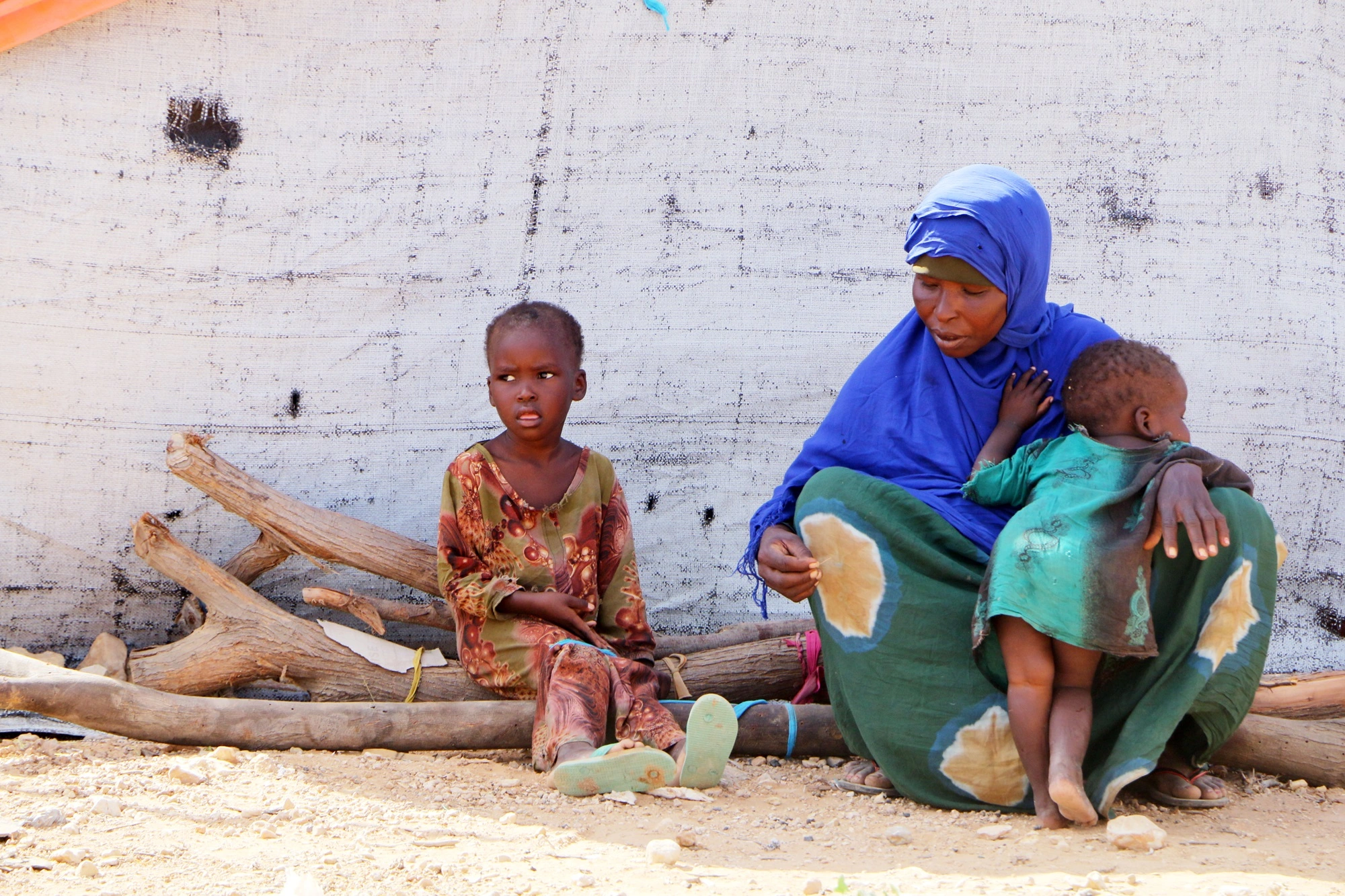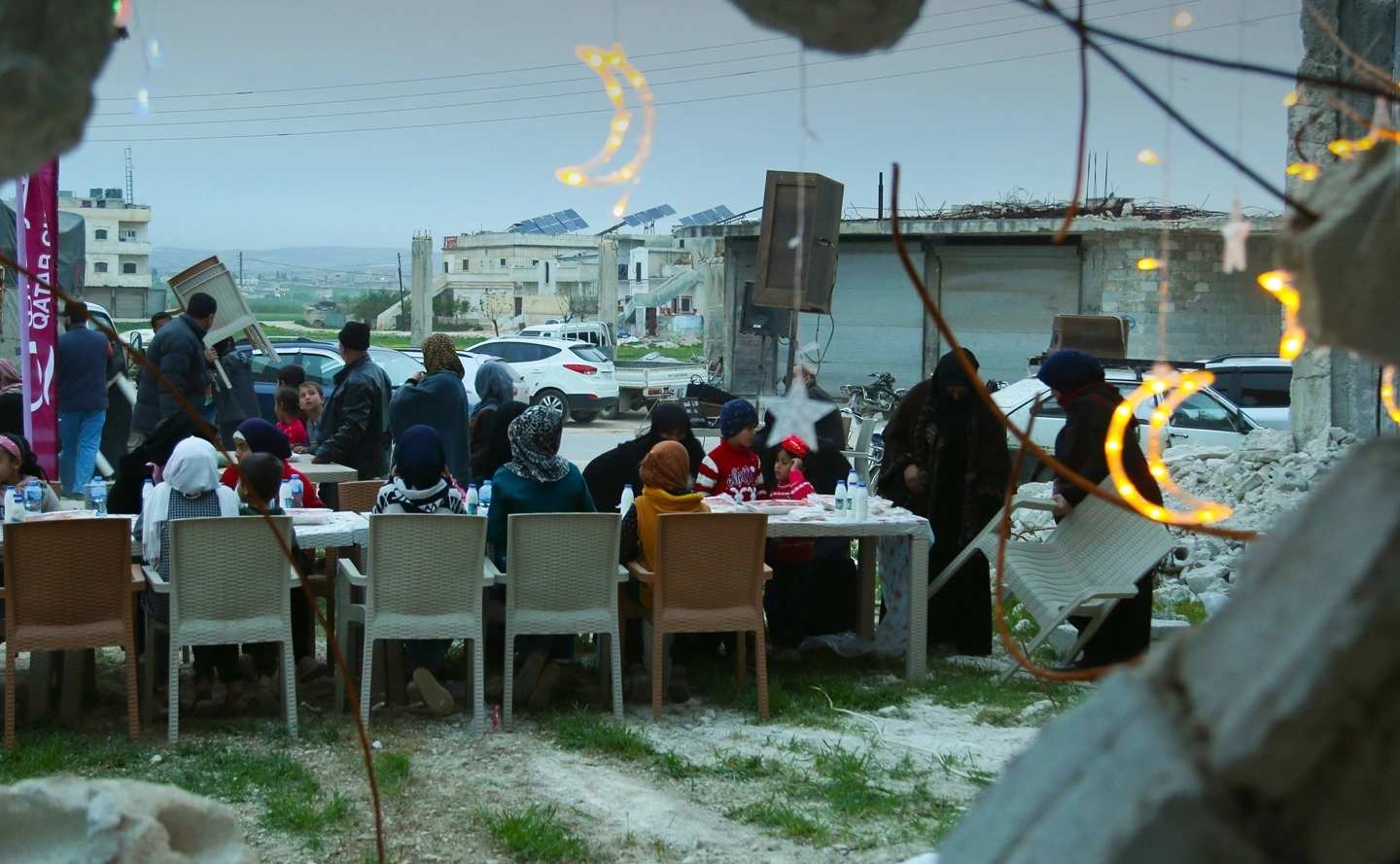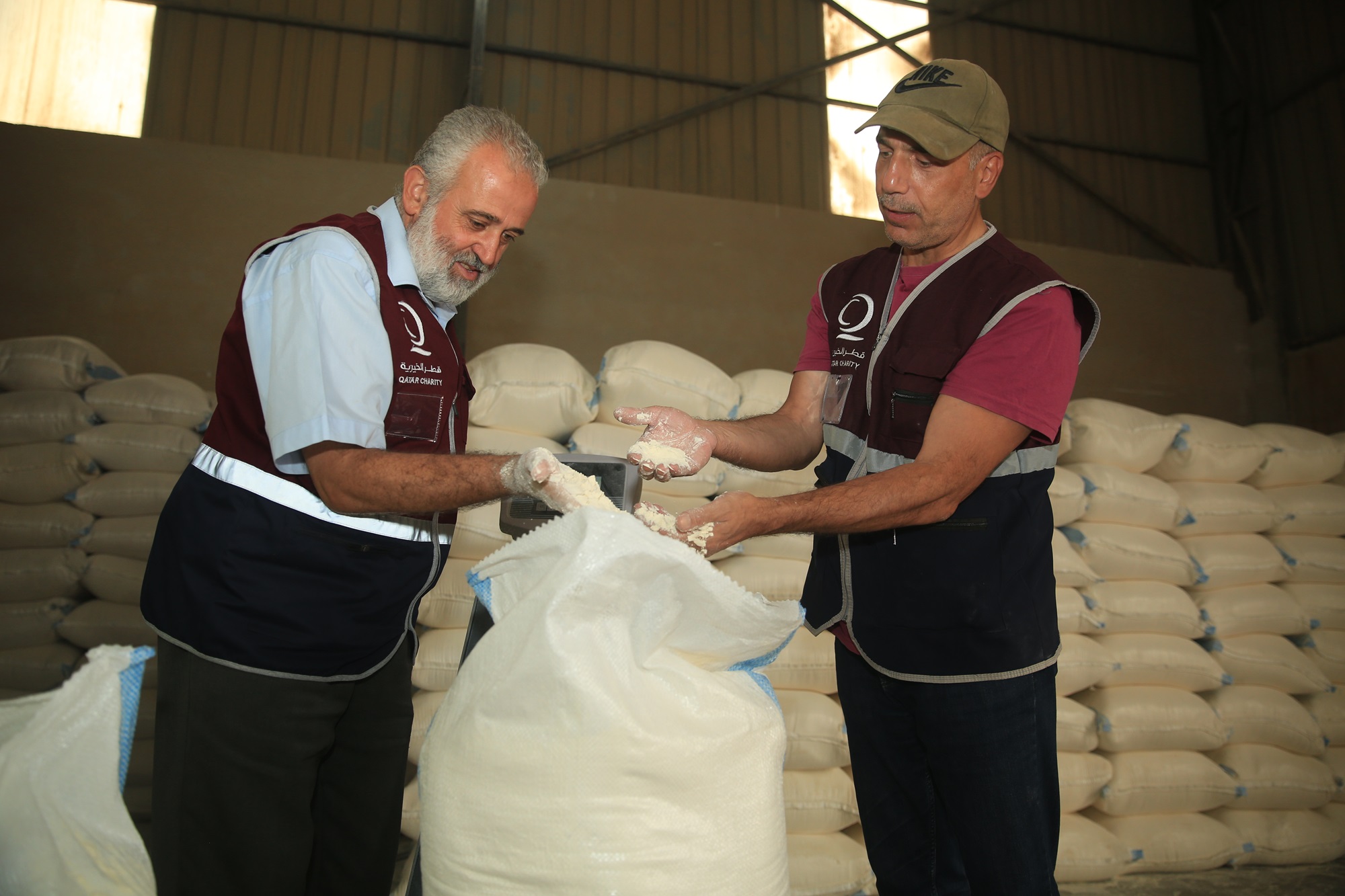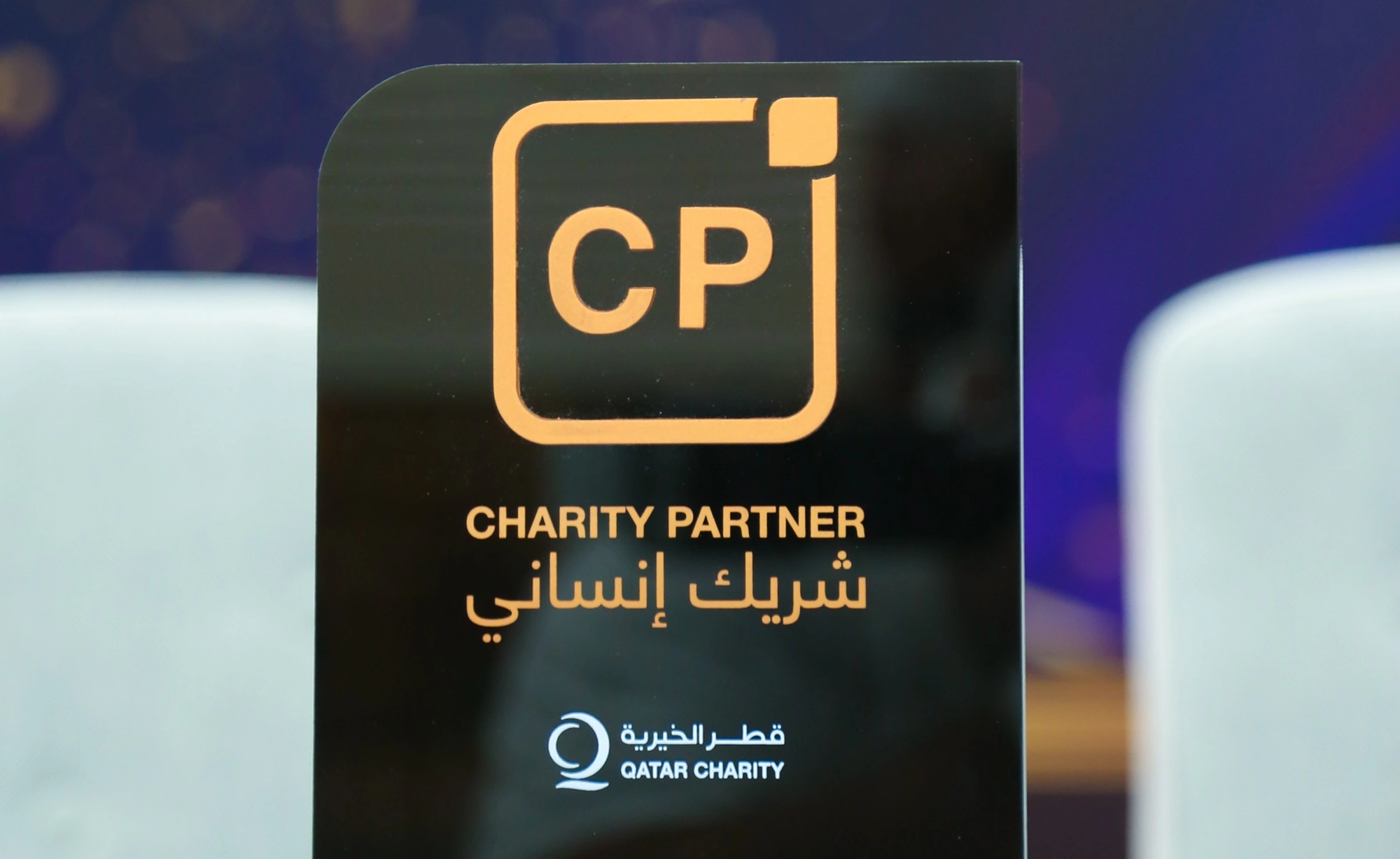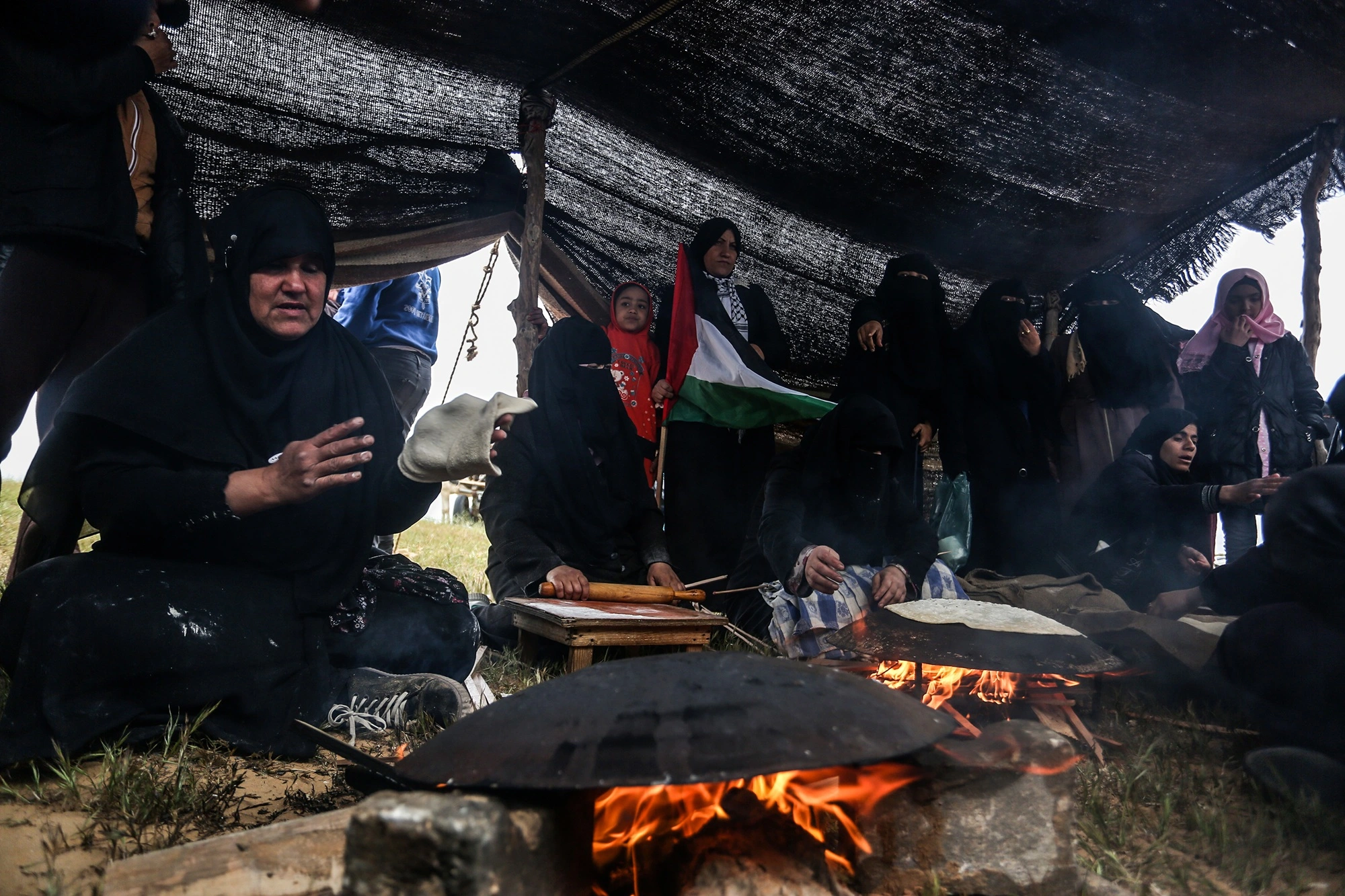As this article is being published, the UN agency for Palestinian refugees mourns the killing of 154 of its staff since the outbreak of the war on Gaza, half of whom were UNRWA teachers. As the conflict enters a deadlier stage over the next coming days, the risk to UN and NGO staff in the Gaza strip threatens to pin 2023 as the deadliest year for aid workers.
Sadly, this is far from an isolated accident, or put in better words, it is far from an isolated deliberate incident.
Humanitarian workers may be in greater danger today than they were ever before. In 2022, more than 430 attacks against humanitarian workers were recorded: aid workers operate in the risky business of aid. This often entails a high-risk job description in volatile environments where armed conflict, violence, diseases and insecurity are prevalent such as in Somalia, Yemen and Syria.
The perpetrators of these attacks are predominantly armed groups seeking to politicize or criminalize humanitarian action and it is often local aid workers that bear the burden of killings, unfortunately going vastly under-reported. In contrast, incidents involving international aid workers make for more sensational news headlines and spark international outcry.
The hundreds of aid workers’ casualties every year have prompted the creation of safety mechanisms at a global level and at an internal level ranging from large organizations the likes of the International NGO Safety Organization (INSO) that deliver truly essential services to NGOs working in insecure environments to small locally-led grassroot movements and alliances aiming at sharing data, alerts and providing support during crisis. Countless other binding and non-binding legal frameworks provide protection for humanitarian workers. Then why was 2022 the worst year for humanitarian workers on record, with nearly 2,000 attacks and 230 killings?
Part of the blame can undeniably be put on the tighter budget restrictions and donor policies imposed on humanitarian agencies, preventing them from ensuring appropriate funding for security risk management systems.
By contrast, ample resources can sometimes create a scenario where there could be too much security. A rising trend where aid organizations ramp up the recruitment of professional security professionals is causing a deep divide and tensions between this group and aid workers over access, liability, and community perception. Aid workers feel that risk-averse security professionals lack the humanitarian fiber needed in the field and prioritize safety over humanity, sometimes restricting aid workers’ access to certain areas or forcing them to carry self-defense weapons or move around in armored vehicles. Aid workers feel that this new ‘militarized’ approach goes against the image of proximity they want to create with the local communities, sometimes leading to more animosity and resentment towards them.
Humanitarian aid workers are the unsung heroes of our time. The importance of ensuring their safety cannot be overstated, nor can it be underfunded. As the international community is honing in on new reforms and discussions that will reshape the future of aid, its most vital component, its people, should be put at the foremost and at the heart of the global discussion.


